Complete Electric Bike Price Guide: How to Evaluate and Compare What’s Best For You
What Affects eBike Price?
eBike prices are mostly determined by five core factors:
1. Battery Capacity
Battery size is measured in watt-hours (Wh). More watt-hours = longer range. A commuter might use a 500Wh battery; a backcountry bike like the Grolar uses a 1200Wh pack for all-day runtime.
- Budget: 300–500Wh (20–30 miles)
- Mid-range: 500–700Wh (30–50 miles)
- High-end: 800–1200Wh+ (50–90+ miles)
Battery cost is one of the biggest price drivers—and often the most valuable investment for range and reliability.
2. Motor Power and Torque
The motor’s power, measured in watts, affects speed, hill climbing, and load hauling. Torque, measured in Nm (newton meters), measures pulling power and trail capability.
- 250W: Good for flat, paved commuting
- 500W–750W: Standard for hunting, hills, cargo
- 1000W+: For high-performance or off-road only (not street legal in some areas)
The Birch Grolar uses dual 750W motors and produces 160Nm of torque—ideal for powering up rough hills, muddy trails, or fully loaded hauls in the backcountry.
3. Frame and Component Quality
This includes:
- Frame material (aluminum, carbon, steel)
- Suspension forks or hardtail
- Hydraulic vs. mechanical brakes
- Drivetrain (Shimano, SRAM, etc.)
- Wheel size and tire width
4. Drive System and Assist Modes
Most eBikes have:
- Pedal Assist (PAS)
- Throttle Mode (twist or thumb-activated)
- Drive Modes (AWD, front, or rear)

5. Range, Load Capacity, and Purpose
A $1,000 eBike might be perfect for neighborhood rides, but it won’t haul 100lbs of gear or quartered game. Know your use case:
- Commuter: Budget/mid-tier, 20–40 miles, 250W–500W
- Off-road: Mid/high-tier, 30–70 miles, 750W+, fat tires
- Hunting/Cargo: High-tier, 750W+ dual motor, 400lbs+ load, AWD, 80+ mile range
The Birch Grolar is built specifically for high-demand users—hunters, ranchers, landowners—offering long range, hauling power, and terrain control at a highly competitive price point.
Price Ranges and What You Can Expect
|
Price Tier |
What You Get |
Best For |
|
$700–$1,200 |
Basic commuter eBikes, minimal range, 250–350W motors, limited support |
Urban use, flat terrain, light riders |
|
$1,200–$2,500 |
Mid-range trail bikes, 500–750W, better components, some suspension |
Light off-road, daily riding, basic gear hauling |
|
$2,500–$4,000 |
High-performance off-road bikes, fat tires, long range, 750W+ motors |
Hunting, backcountry, heavy loads |
|
$4,000+ |
Premium brands, AWD, dual motor, 80+ mile range, hydraulic brakes, smart controllers |
Hard-use hunting, snow/sand, gear-intensive riders |
The Grolar falls into the high-performance tier and delivers more features—dual motors, long-range battery, step-through frame, and AWD control—than many bikes in the $4,500+ range.
How to Compare Two eBikes
When comparing two similarly priced bikes, ask:
- What’s the battery size (Wh), and is it name-brand?
- What motor system is used, and how much torque does it produce?
- Can it handle your terrain (AWD, fat tires, gearing)?
- What’s the real-world range with gear or hills involved?
- How much weight can it carry safely?
- What’s the warranty, service, or support like?

When to Spend More—and When You Don’t Need To
Spend more if:
- You plan to hunt, haul gear, or ride backcountry
- You need 750W+ motor power, AWD, or extended range
- You want something that lasts 3+ seasons with minimal maintenance
Save money if:
- You only need light commuting or short-distance recreation
- You don’t need fat tires, suspension, or heavy payload capacity
- You're just getting started and testing the waters
For serious outdoorsmen, the Grolar is a value buy—not a splurge. It offers premium specs at a price far lower than many name-brand hunting eBikes with similar capabilities.
Final Thoughts: What Value Really Means
The best eBike isn’t the cheapest—it’s the one that delivers the most capability for your dollar. When you need strength, silence, and stamina in rugged terrain, a high-performing bike like the Birch Grolar outpaces its price tag.
By understanding how to evaluate battery specs, motor power, and frame quality, you can make a smart investment—one that lasts through seasons of tough rides, hard hunts, and everything in between.


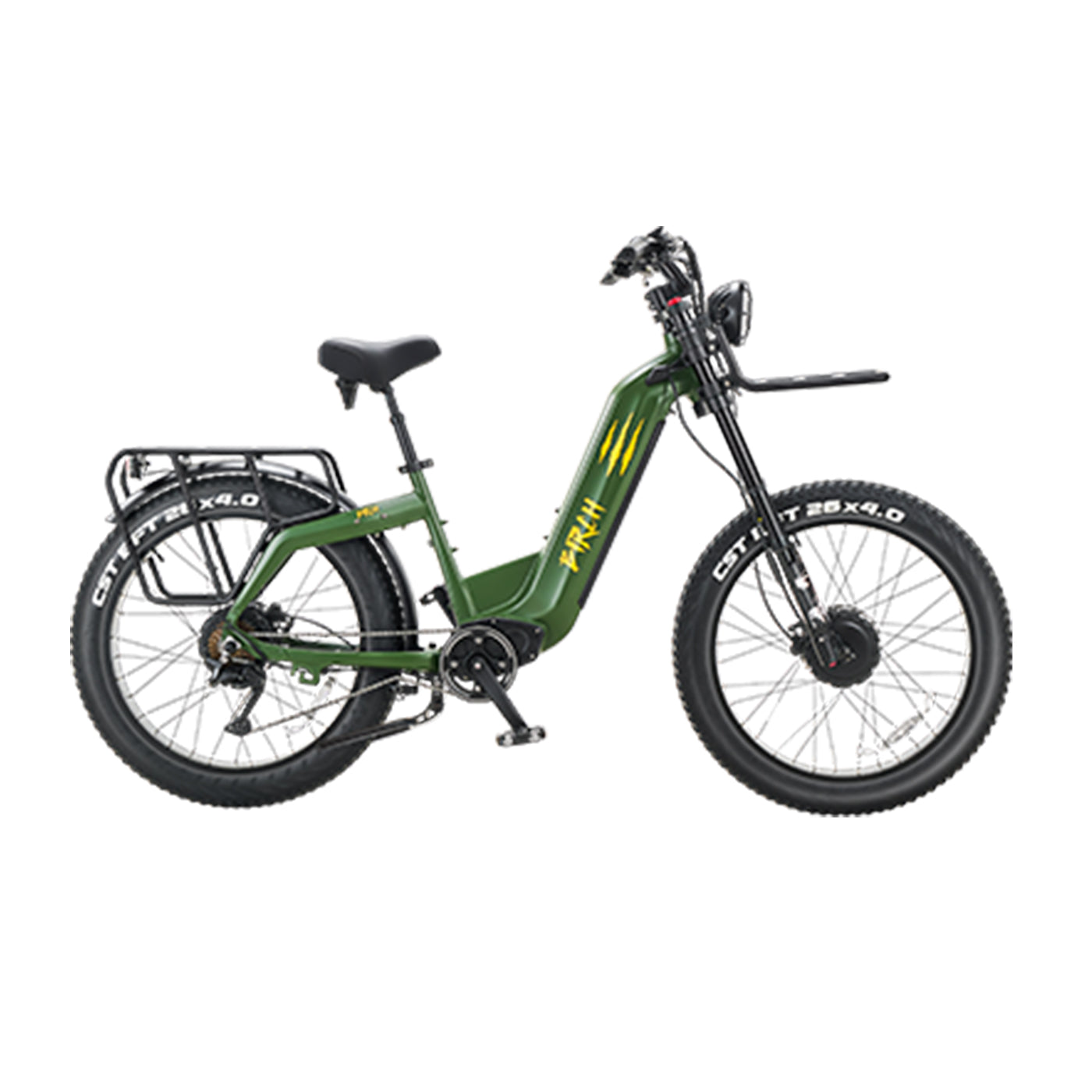
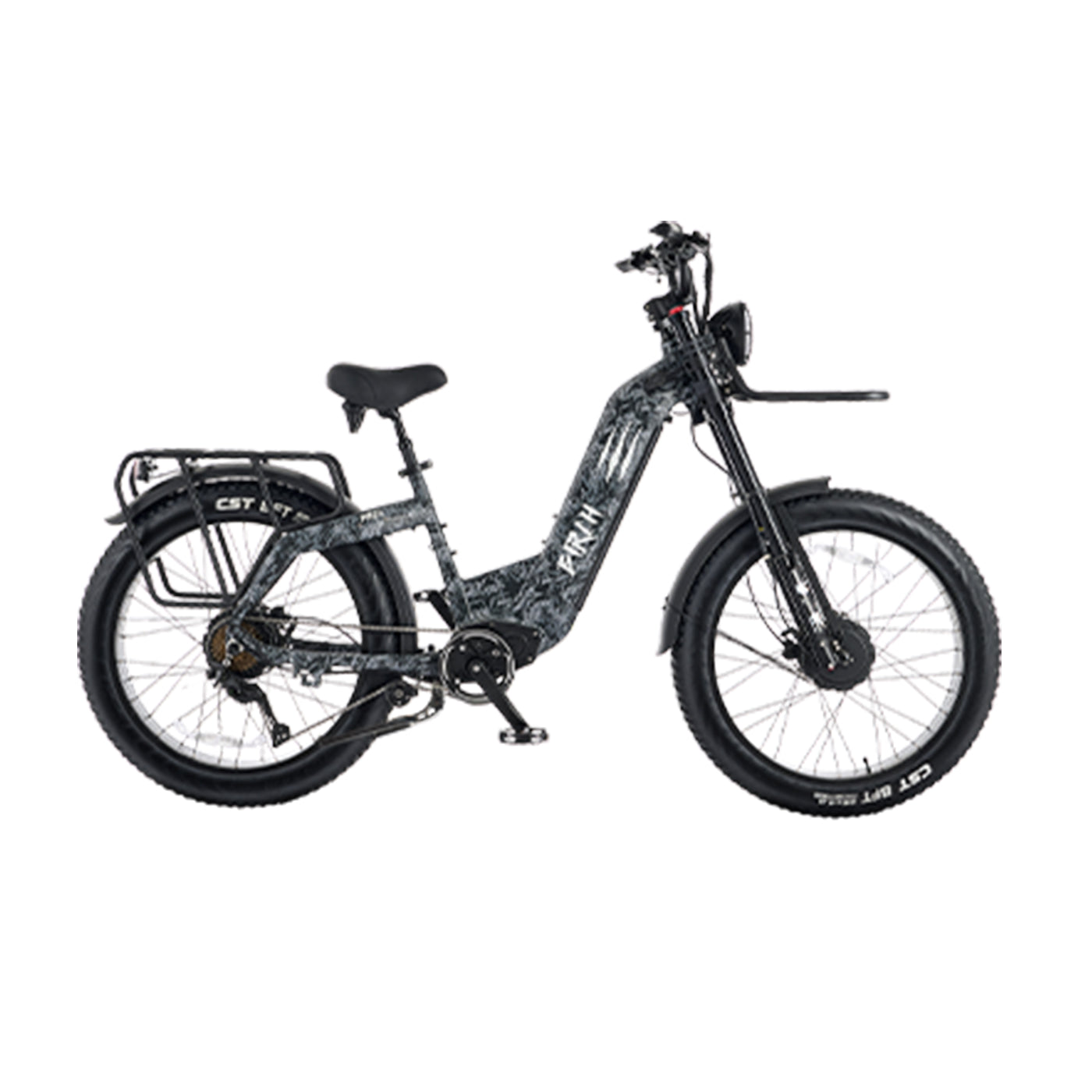
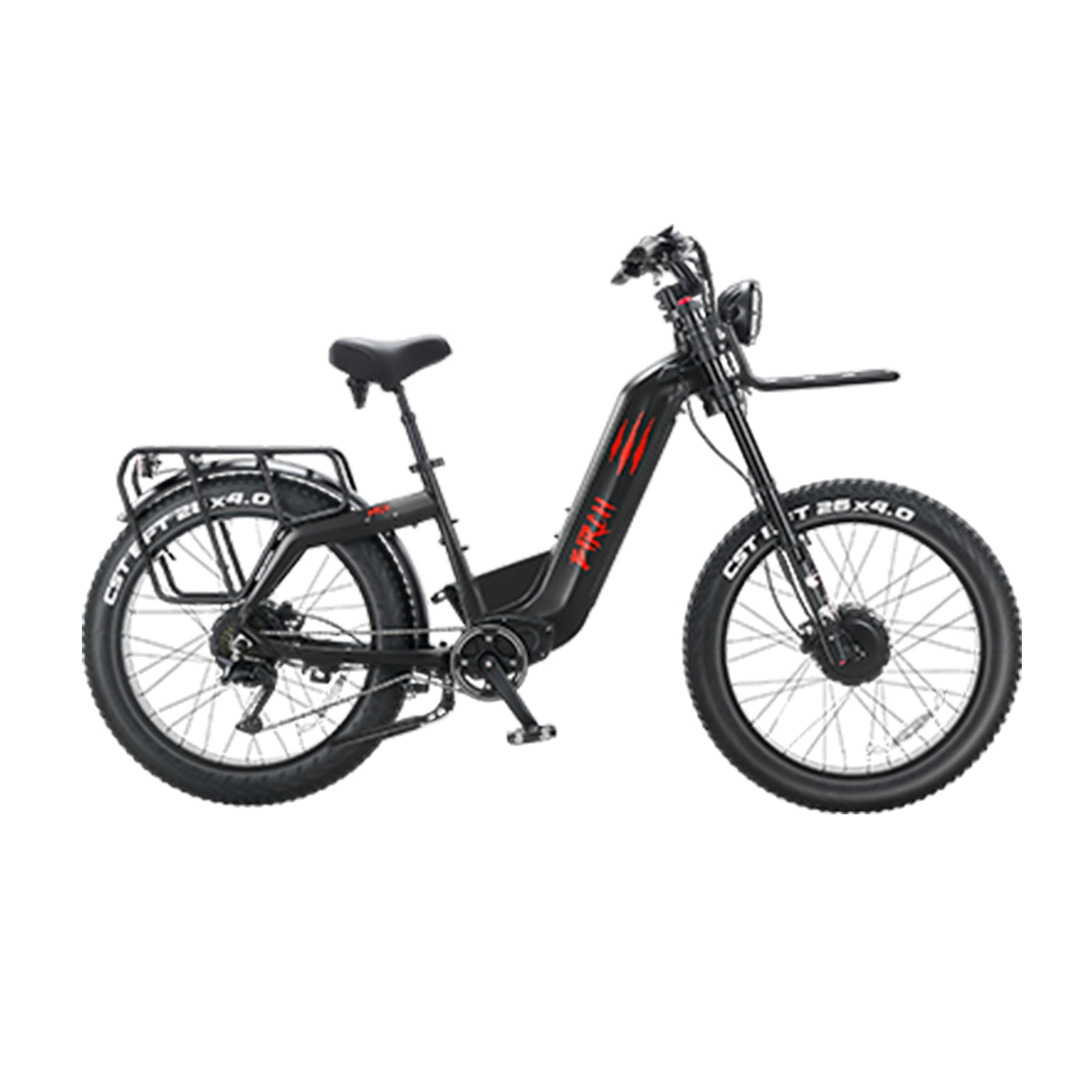






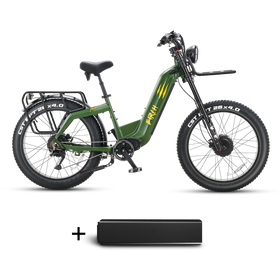
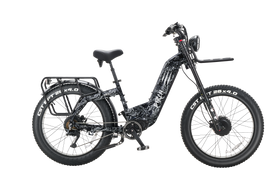





Leave a comment
All comments are moderated before being published.
This site is protected by hCaptcha and the hCaptcha Privacy Policy and Terms of Service apply.